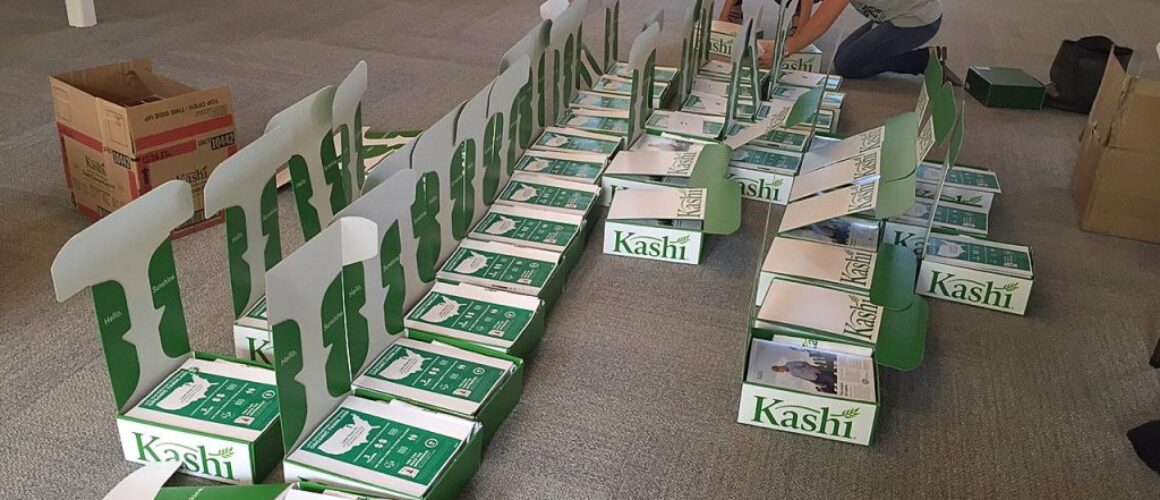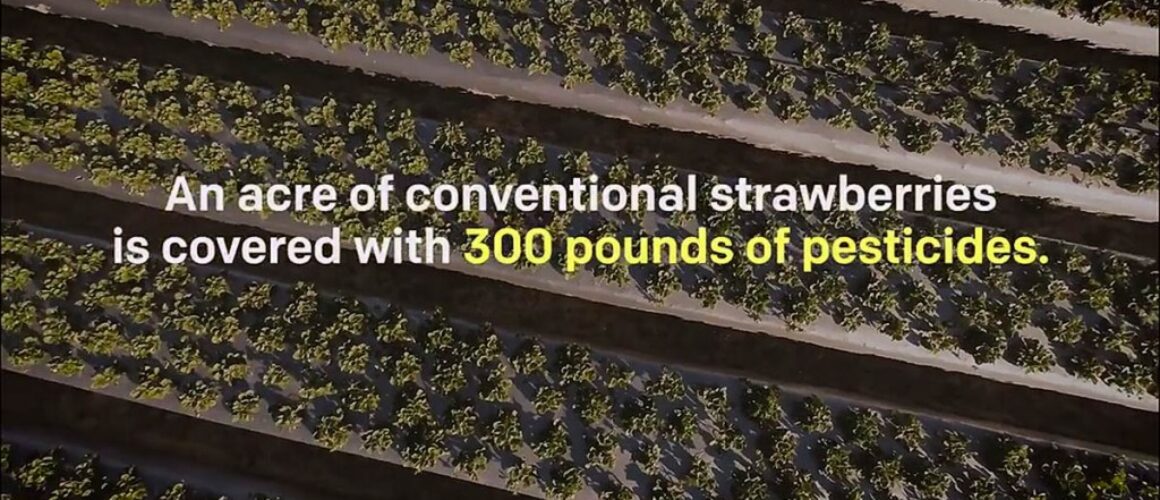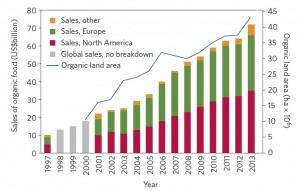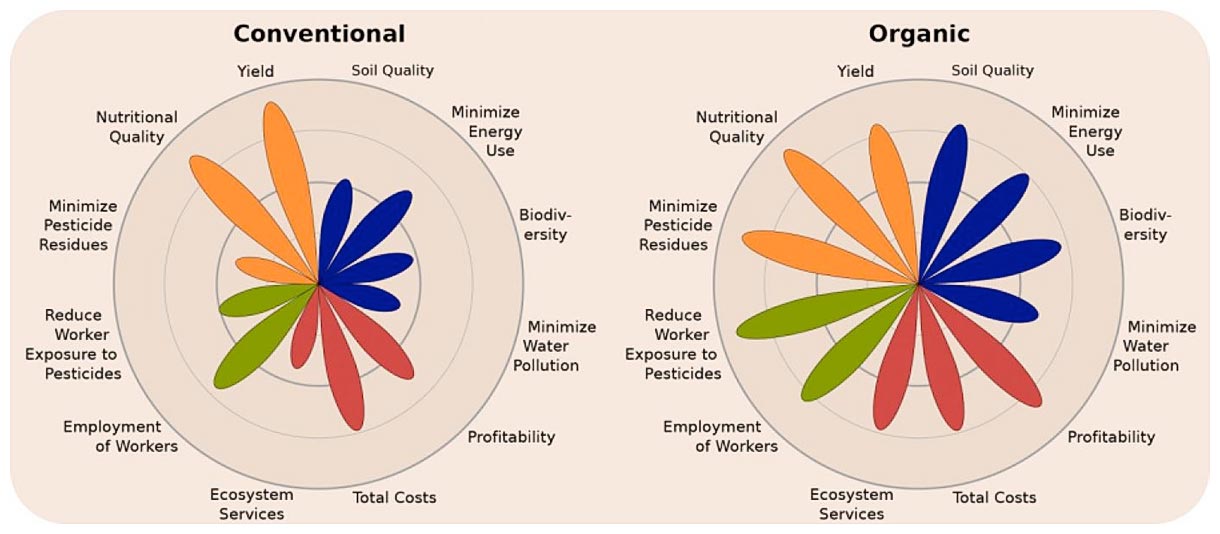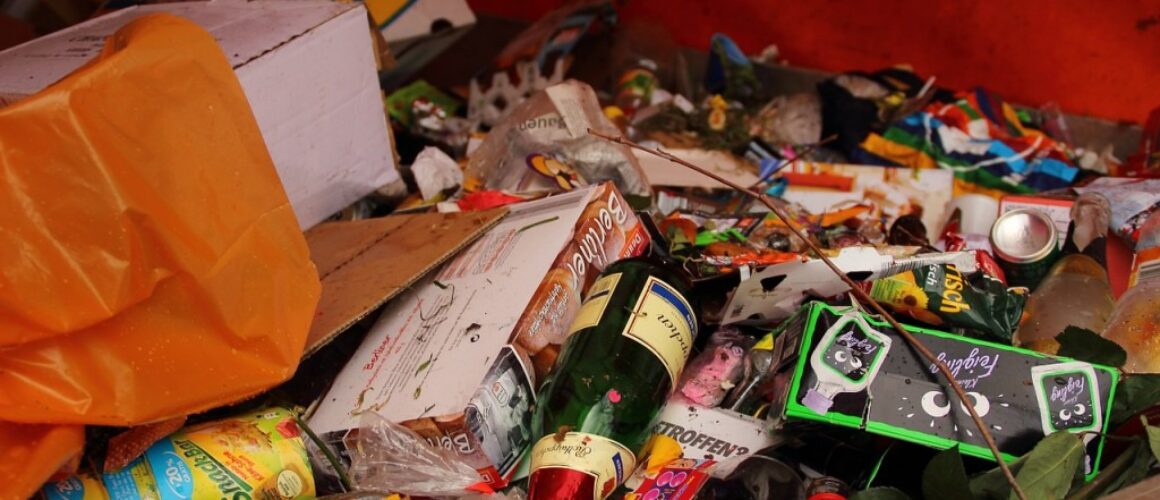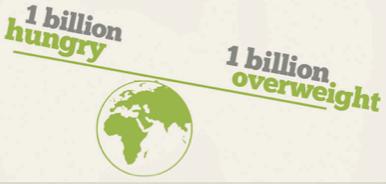Kashi Launches a Game-Changing Initiative to Convert U.S. Farms to Organic
 I have to be honest. When I talk about the acquisitions happening in the food industry, deals like General Mills acquiring Annie’s for about $800 million and Hormel acquiring Applegate for almost the same number, I cite an example of what not to do with an acquisition: what happened when Kellogg’s acquired Kashi.
I have to be honest. When I talk about the acquisitions happening in the food industry, deals like General Mills acquiring Annie’s for about $800 million and Hormel acquiring Applegate for almost the same number, I cite an example of what not to do with an acquisition: what happened when Kellogg’s acquired Kashi.
Kellogg’s changed the brand. They changed the ingredients. They lost consumers.
No one wants to get Kashi’d.
It had been one of my favorite cereals prior to the acquisition, so like other consumers, there was some sentiment in it.
So when the Kashi team reached out and said they had something exciting to share, I responded. “Sounds great. Should we set up a call?”
“We’ve been following your work for years,” they said. “And last year, when you were making the point in your speeches and articles that less than 1% of all U.S. farmland is organic, how crazy that is, the bottleneck it creates, especially when the organic industry is growing at 14%, we knew we had to reach out. You said it makes it hard for food companies who want to grow that part of their portfolio.”
It does, I thought. The cost-benefit analysis is tough. The supply chain is too tight, driving prices too high.
And I listened to the women inside of Kashi, managing their supply chain and their organic initiatives, talk about a new program they wanted to launch. And again, I thought about how courage is contagious and about the importance of the work being done by parents inside of these companies who see what is happening to the health of our families and know it is real.
The Kashi team went on, “We are launching an initiative focused on expanding that 1%.”
I honestly could not be more thrilled with the companies doing this, I thought. Organic Valley, the first $1 billion organic brand, is doing it. General Mils is doing it. Costco’s CEO just told his shareholders and investors that the team is now working directly with farmers to help them finance the transition.
Kroger launched their Simple Truth organic and free-from product line in 2012, and it grew to $1 billion in revenue in a two year period.
Since 2003, Clif Bar has used some 637 million pounds of organic ingredients. After achieving an initial target of 70 percent organic ingredients, the company today uses 120 organic ingredients in 16 out of its 18 total product lines.
Why? Because 21st century consumers are looking for it everywhere—in Wal Mart, Sams, Costco, Safeway and Kroger.
And because the government isn’t focused on changing their operating system which is genetically engineered and chemically intensive. At the federal level, our taxpayer dollars support agchem’s chemically intensive operating system of GMOs, Roundup Ready crop and the Roundup, pesticides, weedkillers. Organic farmers in the U.S. are charged fees to label their crops, then fees to prove they are safe.
So the change is happening in the marketplace.
But if we had a choice with how our dollars are being spent, which would we choose? To make the chemically intensive operating system cheaper or would we choose to make organic the more affordable option to all?
At the government level, we don’t have that choice, but we do in the marketplace, and Kellogg’s is now joining corporations changing the game.
When I asked the Kashi team if the government was moving on this, they said, “This isn’t on the Government radar—yet. (No surprise, I thought. The FDA head is Michael Taylor, a former Monsanto employee, and the USDA head is Tom Vilsack, voted biotech governor of the year.)
Kashi’s team went on, “The Organic Trade Association has a task force and is planning to take it to the USDA later this year . We have looked at their approach and we have shared our protocol with them as part of the consultation process. Both are similar so we are confident we can get to a unifying certification in the future. We deliberately partnered QAI (Quality Assurance International—QAI is a USDA-accredited certifying agency (ACA), approved to provide organic certification in accordance with the USDA’s National Organic Program) to develop the standard because they are the USDA leading organic certification body so we knew we would follow the NOP guidelines.
I so appreciate the OTA’s leadership, so I asked how the two may be different, and the Kashi team shared, “The only difference we see with the OTA protocol and ours is that theirs is focused at the farm level whereas ours goes all the way through the supply chain to consumers. We think consumers have an active role in changing the 1% stat.”
As of 2014, there were 14,093 certified and exempt organic farms in the United States, with annual sales totaling $5.5 billion—a 72 percent increase since 2008, according to USDA data.
Consumers have a huge role in that stat. We have driven the growth of organic to 14% and pushed companies like Costco, Wal Mart, General Mills, Annie’s, Stonyfield, Nature’s Path and so many more to invest in organic farmland.
Why? Because 78% of all Americans are already purchasing at least some organic food, and Kashi is now calling on that consumer power and inviting other companies and brands to help build the supply chain that we need here in America to support it.
It takes three years to convert farmland from the current genetically engineered, chemically intensive operating system to organic. Kashi wants to play a leading role in that, to help U.S. farmers convert their farmland. They are building a marketplace for those products.
So take a look at what Kashi has proposed. Share your thoughts.
If we are going to change the food system, we need to rethink food and the economics of the supply chain.
